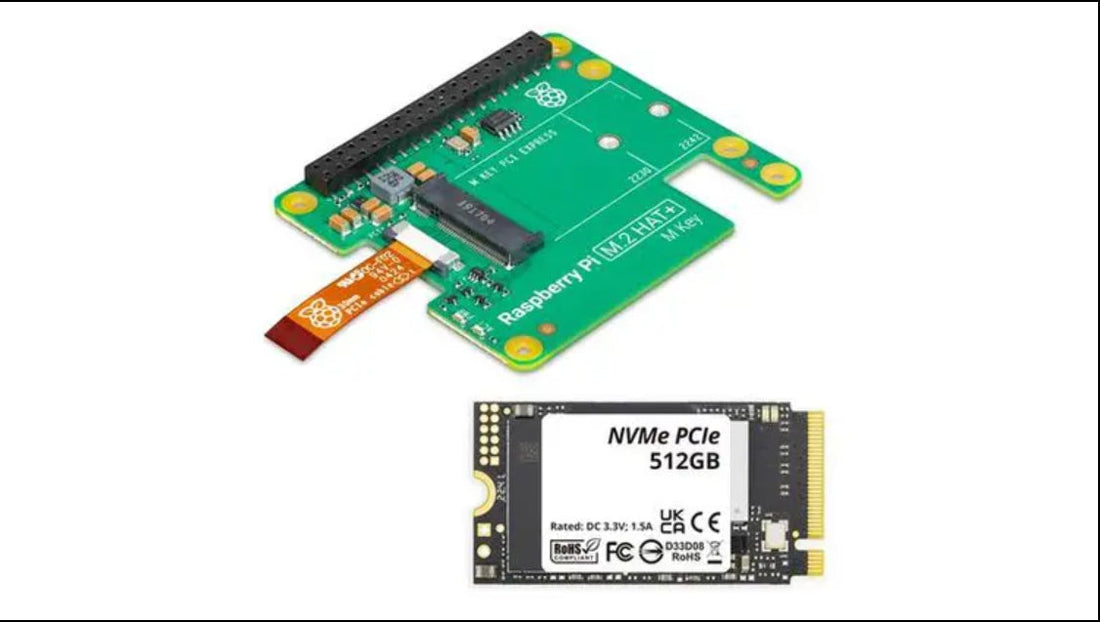
Three Questions About Raspberry Pi
Ⅰ.What is a raspberry pi ?

A Raspberry Pi is a series of small - sized, affordable single - board computers developed in the United Kingdom by the Raspberry Pi Foundation.Designed to promote the teaching of basic computer science in schools and developing countries, it has a broad range of applications. With a credit - card sized form factor, it contains a central processing unit (CPU), graphics processing unit (GPU), memory, and multiple input/output interfaces such as USB ports, HDMI for video output, and an Ethernet port for network connectivity.Users can install different operating systems like Raspbian (now known as Raspberry Pi OS), which enables them to use it for tasks including web browsing, media playback, programming projects, and even as a server for home - based networks. It has also become popular among hobbyists, makers, and students for its versatility in DIY electronics and robotics projects.
Ⅱ.The differences between Raspberry Pi 4 & 5

Performance
- Processor: The Raspberry Pi 4 is equipped with a 1.5GHz 64 - bit quad - core ARM Cortex - A72 architecture. The Raspberry Pi 5 features a 2.4GHz quad - core 64 - bit ARM Cortex - A76 processor, with performance more than twice that of the Raspberry Pi 4.
- Graphics Processing: The GPU in the Raspberry Pi 4 can support graphics processing and 4K video playback quite well. The Raspberry Pi 5 comes with a VideoCore VII GPU, supporting OpenGL ES 3.1 and Vulkan 1.2. Its graphics processing capabilities have significantly improved compared to the Raspberry Pi 4, performing better in games and graphics - intensive applications.
Memory
The Raspberry Pi 4 is available in multiple memory versions including 1GB, 2GB, 4GB, and 8GB. The Raspberry Pi 5 has three on - board memory versions: 2GB, 4GB, and 8GB.
Interfaces
- USB Interfaces: The Raspberry Pi 4 has 2 USB 3.0 and 2 USB 2.0 interfaces. The Raspberry Pi 5 has 2 USB 3.0 ports, supporting simultaneous 5Gbps operation, and 2 USB 2.0 ports. Moreover, the USB 3.0 ports of the Raspberry Pi 5 have improved in terms of transfer speed and power supply capacity.
- Video Interfaces: The Raspberry Pi 4 has two Micro HDMI 2.0 video output interfaces, supporting 4K 60FPS. The Raspberry Pi 5 has dual 4K P60 HDMI display outputs and a 4K P60 HEVC decoder, along with 2 × 4 - lane MIPI camera/display interfaces, enabling connection to more video devices.
- Other Interfaces: The Raspberry Pi 5 has a new PCIe 2.0×1 interface for high - speed peripherals, allowing connection to high - bandwidth peripherals, and also has an on - board Real - Time Clock (RTC). The Raspberry Pi 4 does not have these interfaces.
- Power Interface: The Raspberry Pi 4 is powered by a 5V/3A USB - C interface. The Raspberry Pi 5 requires a 5V/5A USB Type - C power supply, and a power of 27W is needed to exit the low - power mode.
Cooling
The Raspberry Pi 4 can usually run normally without an additional heatsink. Due to the performance upgrade of the Raspberry Pi 5, a fan is required for cooling during high - load operation, and it is the first version with a standard variable - speed fan controller built into the board.
Functions
The Raspberry Pi 5 has added a power button. Pressing and holding this button for a few seconds can shut down the system, and a quick click can turn the board back on. The Raspberry Pi 4 does not have a power button, and the computer needs to be shut down through the menu or command line within the operating system.
Ⅲ.The advantages of Raspberry Pi

Hardware Features
- Compact and Portable: Slightly larger than a credit card, it's easy to carry and suitable for embedding in small devices like mini - robots and smart home terminals.
- Rich Interfaces: Equipped with USB, Ethernet, HDMI, audio jacks, and GPIO pins, it can connect to a variety of external devices, meeting diverse functional expansion needs.
- Good Performance: With a high - performance CPU and GPU, it can run complex operating systems, catering to daily computing and multimedia processing requirements, such as video playback and graphical interface applications.
Software Advantages
- Diverse Operating Systems: It supports various open - source operating systems like Debian GNU/Linux, Fedora, etc. Users can freely choose and switch according to their needs.
- Programming - friendly: It supports multiple programming languages such as Python, C++, etc. The rich programming interfaces lower the development threshold, making it suitable for developers at different levels.
Cost and Power Consumption
- Cost - effective: Usually priced from tens to about one hundred dollars, it is much more affordable than traditional computers, making it a highly cost - efficient choice for those on a budget.
- Low Power Consumption: Its normal operating power consumption is around a few watts. It can be powered by a mobile power supply, which is energy - saving and suitable for various scenarios with limited power supply.
Ecosystem and Community
- Powerful Community: It has a large and active developer community that provides abundant tutorials, project cases, and technical support. This makes it easy for users to solve problems and get inspiration.
- High Customizability: Users can customize the hardware and software as needed, add expansion boards, and write specific programs to meet personalized project requirements.
It is expected that the Raspberry Pi 6 will be launched in June 2024.








